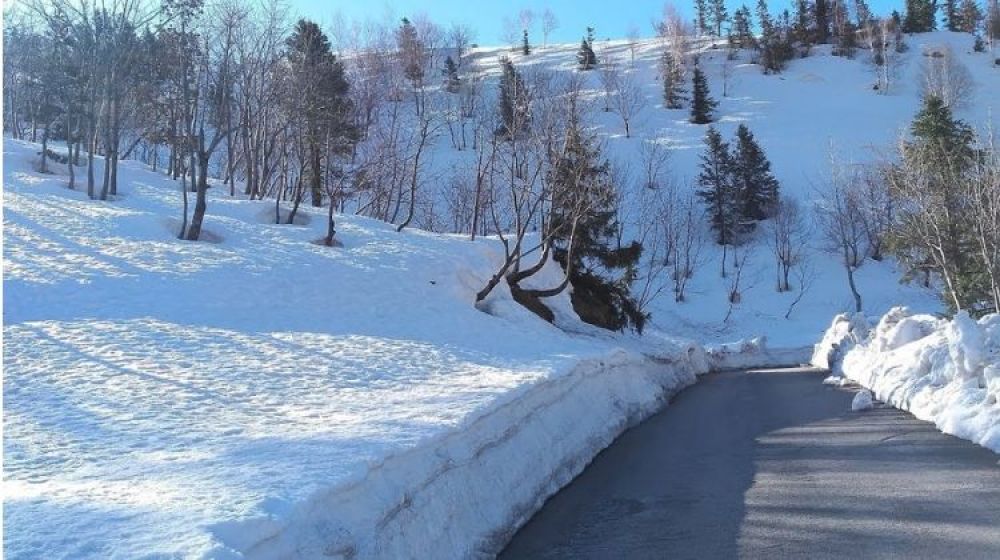

The quaint village of Gulaba, nestled between the serene ranges of the Pir Panjal mountains in Himachal Pradesh, began as an offbeat destination for travellers seeking solace away from the bustling town of Manali. Named after Raja Gulab Singh of Kashmir, who camped here while invading China during the 18th century, Gulaba was for long a well-kept secret among the pastoral communities.
It wasn't until the late 20th century that Gulaba started gaining popularity as a tourist destination. With Manali already on the tourist radar, adventure enthusiasts and nature lovers started exploring nearby areas, leading to the discovery of Gulaba's pristine natural beauty. Its proximity to the Rohtang Pass, a famous tourist spot, also contributed to its growing popularity.
In the last few decades, Gulaba has seen a significant increase in footfall, especially during the winter season, as it becomes a hub for snow sports. The heavy snowfall transforms the landscape into a winter paradise, attracting tourists for snowboarding, skiing, and sledging. The Indian government and Himachal Pradesh tourism have worked to develop the necessary infrastructure to support the inflow of tourists while ensuring ecological sustainability.
Eco-tourism has been on the rise in Gulaba, with an aim to preserve its untouched beauty. The local community and tourism departments are focusing on initiatives that promote responsible travel, environmental awareness, and conservation of wildlife.
Adventure tourism remains a major draw, with Gulaba being a starting point for treks to Bhrigu Lake and other high-altitude trails. Tourists are drawn to the thrill of hiking, paragliding, and camping under the stars.
With the global wellness trend catching on, wellness and yoga retreats have also started blooming in Gulaba. Visitors seek holistic experiences that combine the serenity of the mountains with physical and spiritual well-being.
Another recent trend is the rise of homestays. Travellers are choosing to stay with local families rather than in conventional hotels. This not only provides an authentic cultural experience but also contributes to the local economy.
Lastly, there's a noticeable trend towards digital nomadism. With improved connectivity and remote working opportunities, more individuals are choosing destinations like Gulaba to work from amidst nature, leading to a year-round tourism model rather than seasonal peaks.
For those planning to visit, the ideal time to witness Gulaba in its snowy splendor is from November to February. However, for trekkers and nature enthusiasts, May to October offers lush green landscapes, wildflowers, and clear skies. Always ensure to check the weather and road conditions before planning your trip, as mountain weather can be unpredictable.